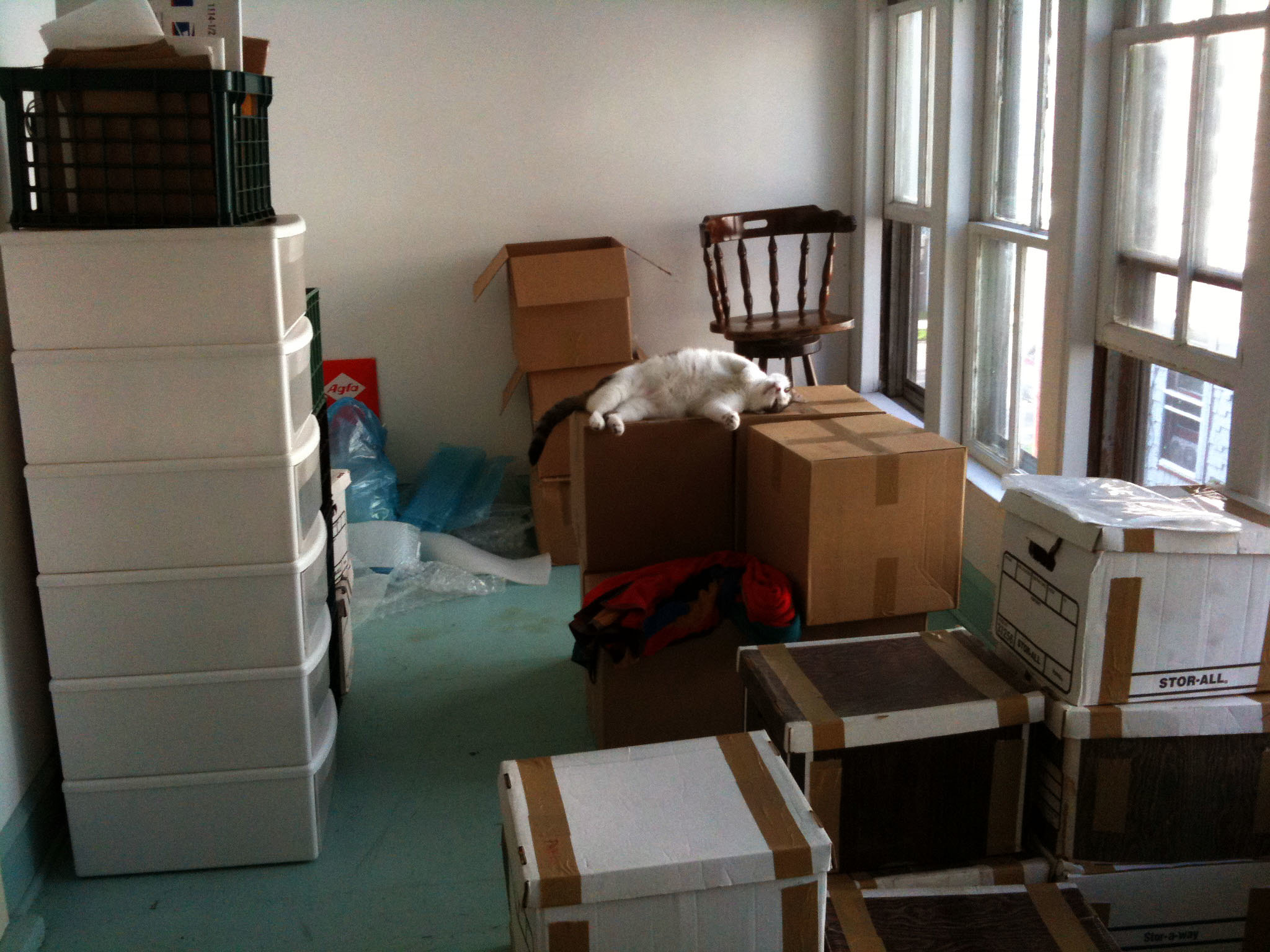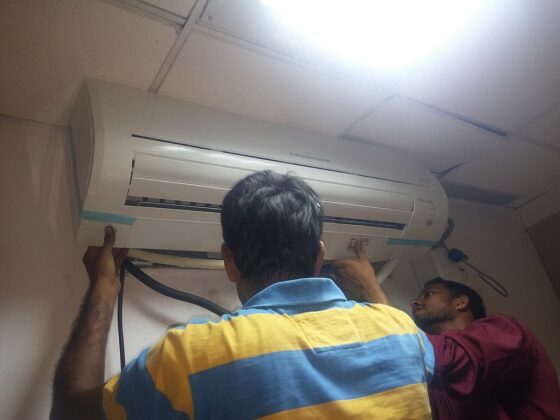Table of Contents Show
Moving to Tampa, Florida, is exciting. However, the task of packing your belongings isn’t always thrilling. If you own a lot of stuff, you need to make the necessary preparations to ensure that they’ll make it to their destination in one piece. Depending on the type, size, and weight of your items, there is a proper way to pack them safely.

When you acquire packing services in Tampa, FL, you can rest easy knowing that all of your items are secured. But if you want to get a good head start, here a number of packing tips to help streamline your move:
Declutter and Downsize Beforehand
If you’re overwhelmed by the number of things you have to pack, now’s the perfect time to declutter and downsize. By sorting your items into the throw, keep, and sell or donate categories, you’ll be dealing with less stuff before the move.
This also gives you the opportunity to organize your belongings, making them easier to pack.
Have the Necessary Packing Equipment
Once you know which items you’re taking to the new property, the next step is to grab your packing and moving supplies. Having enough boxes, bubble wrap, plastic, newspaper, and moving blankets at the ready allows you to properly and safely pack all of your stuff.
If you’ve moved in and out of several places in the past, there’s a good chance that you still have some of these items. If not, you need to purchase new supplies or look for establishments in Tampa, Florida, that are willing to give away boxes for free.
Read Also:
- Want to Save Time and Money? Don’t Make These Mistakes When Moving Home
- Getting the Most out of Your Space: How to Pack a Storage Unit
- Don’t Pack Up Before You Learn This Essential Moving Tip
- Relocation Tips: How to Plan an Organized Move
- Pack Like a Pro with This Moving Packing Guide
- How to Use Moving Day Boxes
- How to Organize Your House?
Pack Each Item Properly
Boxes are often used for items that are small to medium in size. These include books, dishes, and glassware, as well as your clothes and small kitchen appliances like the blender.
To keep these things in good condition, you can wrap them in plastic, bubble wrap, or newspapers. You can also add foam peanuts or other similar materials in the box to cushion your belongings during transit.
Lastly, seal the boxes with packaging tape to prevent your stuff from falling out.
Moving blankets, on the other hand, are often reserved for larger items. They’re used to cover furniture, appliances, and cabinetry, providing them with a layer of padding and protection. The blankets also help prevent your belongings from shifting around in the moving truck.
Prepare Your Large Furniture, Appliances, and Electronics
Transporting your fridge, sofas, and washing machine take the most effort. Because of their size and weight, you need to be extra careful when loading them in the truck. Thankfully, there are a number of things you can do to make this task less stressful.
When dealing with assembled furniture, for example, disassembling them and moving their components in several batches is easier than carrying one big, heavy object.
Your refrigerator, on the other hand, needs to be defrosted at least 2 days prior to moving out, so it won’t leak inside the truck. Moreover, you have to unplug all of the cables of your electronics and store them together so you won’t lose them during the move.
Please remember to empty your bookshelves, wardrobes, and other pieces of furniture before disassembly or removal. This makes the process easier, quicker, and cleaner to execute.
Keep Similar Items Together
Although it’s tempting to place anything you can get your hands on in one box, it’s better to pack like items together. Not only will this help maintain your focus when packing your belongings, but it’ll also aid you when it’s time to unpack your items.
For example, if you store your dishes, utensils, and glassware in their designated boxes, you can easily pack them away in your new kitchen.
Always Remember to Label Your Boxes
One of the most important steps you can’t forget when planning your move is labeling your boxes by room and their contents.
Doing so will remove all the guesswork when trying to figure out what’s in the box you’re holding. Labeling your boxes will also help you determine the order of importance when loading them in the truck.
Things Professional Movers Won’t Take
There are certain items movers won’t accept due to safety concerns. Aerosol cans, firearms, paints, and propane tanks are considered to be dangerous and unsafe to transport.
That’s why it’s good to familiarize yourself with the hazardous materials in your property, so you have time to deal with them before the big move. Some of these items include the following:
- Lighter fluid
- Kerosene
- Coal
- Ammunition
- Batteries
- Fertilizers
- Chemicals and solvents
- Cleaning chemicals
- Oxygen tanks
- Pesticides
- Perishable food
Movers also can’t accept plants because there are laws against transporting certain types of plants across different states.
Packing your belongings is a time and energy-consuming part of moving. Nevertheless, it’s a necessary stage in the process because it ensures that all of your things are secured and accounted for. Fortunately, if you keep these tips in mind, your packing experience will be a stress-free one.










